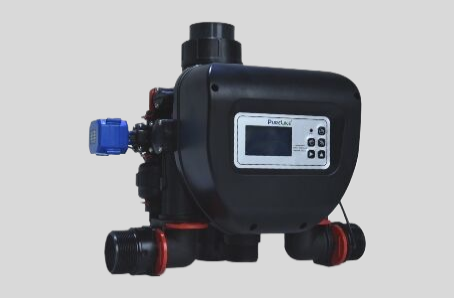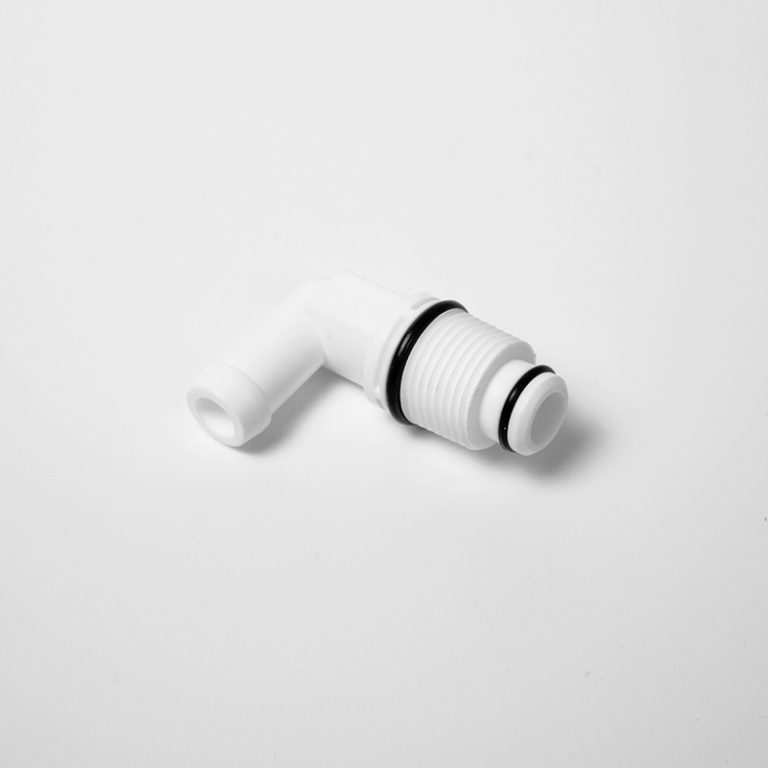الأكسجين المذاب العالي: حيوي للحياة.
أهمية ارتفاع مستويات الأكسجين المذاب في البيئات المائية
Dissolved oxygen is a crucial factor in maintaining the health and balance of aquatic environments. It refers to the amount of oxygen gas that is dissolved in water, and it plays a vital role in supporting the survival of various organisms, from fish to bacteria. The level of dissolved oxygen in water can vary greatly, and it is important to understand whether it should be high or low for the well-being of aquatic ecosystems.High dissolved oxygen levels are essential for the survival of many aquatic organisms. Fish, for example, rely on dissolved oxygen to breathe. They extract oxygen from the water through their gills, and if the dissolved oxygen levels are low, they may suffocate. Additionally, high dissolved oxygen levels promote the growth and activity of beneficial bacteria that help break down organic matter in the water. These bacteria play a crucial role in maintaining water quality and preventing the accumulation of harmful substances.Furthermore, high dissolved oxygen levels are indicative of a healthy and well-oxygenated aquatic environment. Oxygen is essential for the respiration of organisms, and when there is an abundance of dissolved oxygen, it indicates that the water is well-aerated and can support a diverse range of species. High dissolved oxygen levels also support the growth of aquatic plants, which are vital for maintaining the balance of the ecosystem. These plants produce oxygen through photosynthesis, contributing to the overall oxygen content in the water.On the other hand, low dissolved oxygen levels can have detrimental effects on aquatic ecosystems. When oxygen levels drop, fish and other organisms may struggle to obtain enough oxygen to survive. This can lead to fish kills and the decline of other species that rely on oxygen-rich water. Low dissolved oxygen levels can also negatively impact the growth and activity of beneficial bacteria, leading to the accumulation of organic matter and the release of harmful substances into the water.Low dissolved oxygen levels are often associated with pollution and human activities. Excessive nutrient runoff from agricultural practices or wastewater discharge can lead to an overgrowth of algae. As these algae die and decompose, they consume large amounts of oxygen, depleting the dissolved oxygen levels in the water. Additionally, warm water holds less dissolved oxygen than cold water, so during hot summer months, dissolved oxygen levels may naturally decrease.In conclusion, high dissolved oxygen levels are crucial for the health and balance of aquatic environments. They support the survival of fish and other organisms, promote the growth of beneficial bacteria, and indicate a well-oxygenated ecosystem. On the other hand, low dissolved oxygen levels can have detrimental effects on aquatic life and are often associated with pollution and human activities. It is essential to monitor and maintain dissolved oxygen levels in order to ensure the well-being of aquatic ecosystems and the organisms that depend on them.







